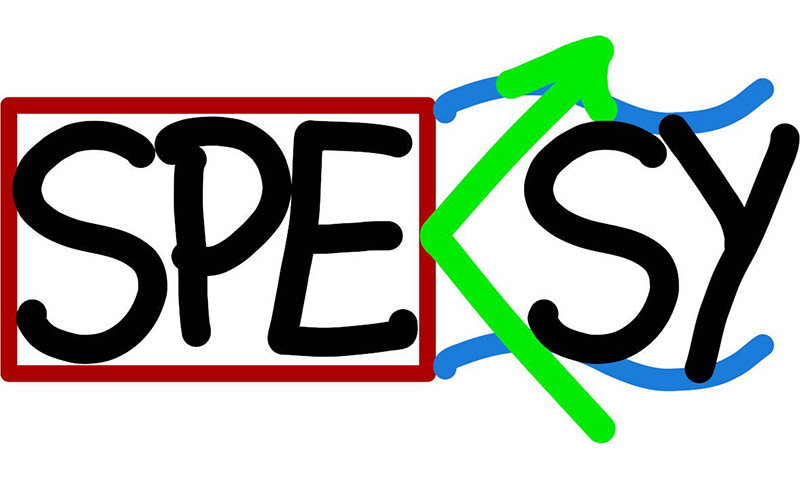At the University of Tübingen, the Emmy Noether research group SPECSY led by Dr Matthias May, is dedicated to experimental and theoretical research into electrochemical interfaces that are used in electrochemical energy storage and material conversion. Such interfaces play a crucial role, for example, in photoelectrochemical processes such as the direct solar water splitting pursued in the H2-Demo project.[1,2] This expertise contributed significantly to the development of the currently most efficient photoelectrochemical cell for solar hydrogen production with an efficiency of 19% (solar energy to hydrogen). [3] Furthermore, the working group has experience in adapting and optimising module concepts for solar water splitting to climatic boundary conditions.[4] The main focus of the working group in the H2-Demo project is, among other things, the deposition of catalysts on a large surface area, the development of module concepts, as well as module construction.
Key Publications
- M. M. May, H.-J. Lewerenz, D. Lackner, F. Dimroth, und T. Hannappel. Efficient Direct Solar-to-Hydrogen Conversion by In Situ Interface Transformation of a Tandem Structure, Nature Communications 6 (2015), p. 8286.
- M. M. May, H. Döscher und J. Turner. High-efficiency water splitting systems, Kapitel 12 in: Integrated Solar Fuel Generators. Ed. von I. Sharp, H. Atwater und H.-J. Lewerenz. The Royal Society of Chemistry (2018), pp. 454–499. isbn: 978-1-78262-555-1.
- W.-H. Cheng, M. H. Richter, M. M. May, J. Ohlmann, D. Lackner, F. Dimroth, T. Hannappel, H. A. Atwater und H.-J. Lewerenz. Monolithic Photoelectrochemical Device for 19% Direct Water Splitting, ACS Energy Letters 3(8) (2018), pp. 1795–1800.
- M. Kölbach, K. Rehfeld und M. M. May. Efficiency gains for thermally coupled solar hydrogen production in extreme cold, Energy & Environmental Science (2021), in print.

